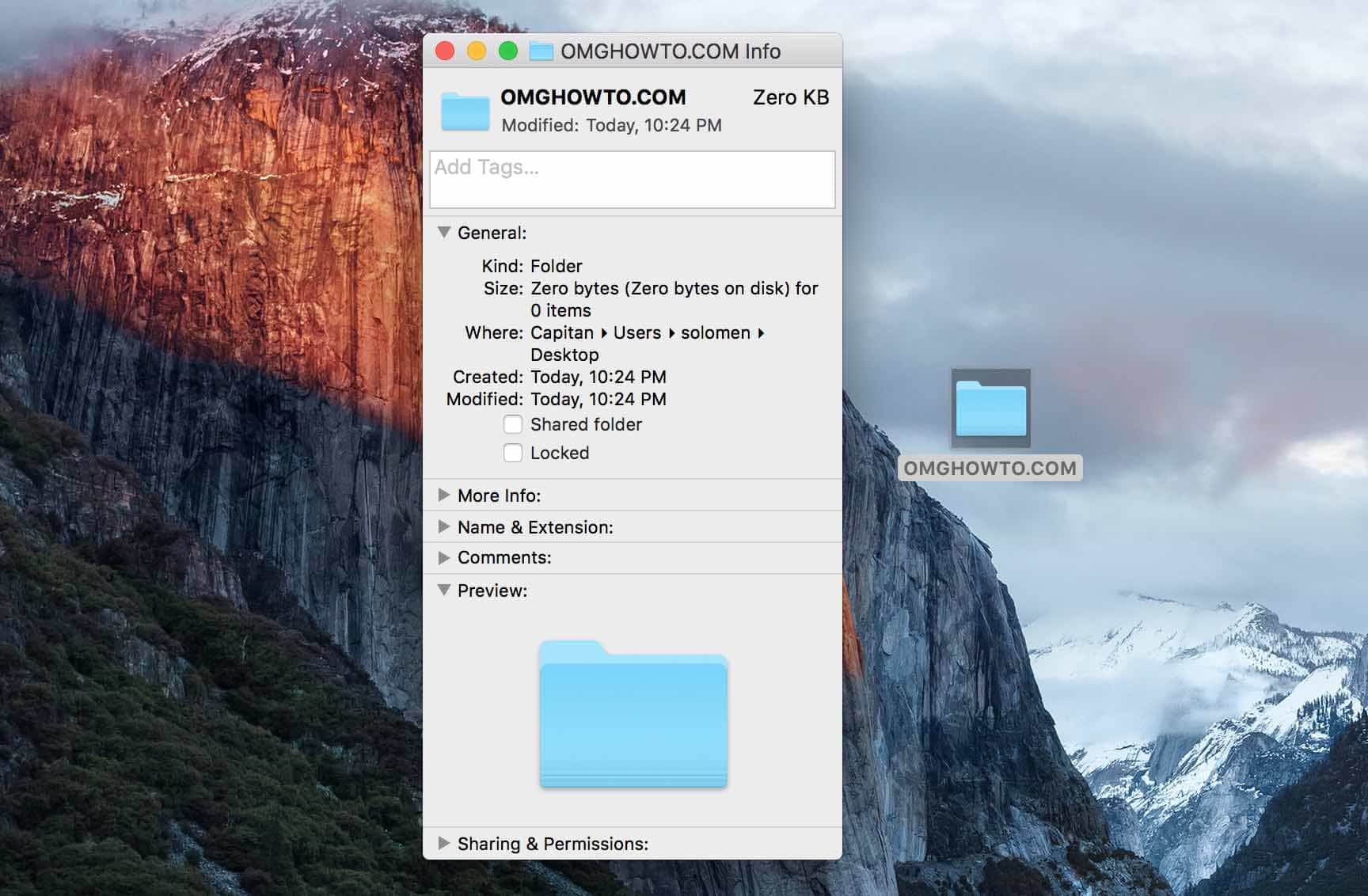Spotlight is the Mac’s built-in search engine that enables you to find quickly and open any document, photo, or application. Its interface is so easy to use—it’s just a floating text box you can type in—that it’s easy to overlook the powerful customization options and secret features under the hood. This advanced guide will teach you everything you need to know to use Spotlight like a PRO.
Opening Spotlight

Before the macOS update, the Spotlight search box didn’t appear in the middle of the screen. Instead, when the magnifying glass icon in the upper-right corner of the screen was clicked, Spotlight would appear just below it.
Clicking that icon still summons Spotlight, but using the keyboard takes much less time than moving the cursor all the way to the corner. To call on Spotlight, use the keyboard shortcut Command >> Space. To dismiss Spotlight, press Esc.

Showing Files in Finder
Now that Spotlight is open, you can start typing the name of the file you are looking for. In this example, I typed “Extend iPhone Battery” to find a blogpost I previously wrote.
Because my query matched the file name almost exactly, Spotlight marked the document “Top Hit.” Underneath Top Hit, Spotlight will show other similar results, grouped by category: PDF, images, movies, developer scripts. To open a file, use the up and down keys to select a search result, then press Return (Enter). Alternatively, double-click the search result.
What if you can’t remember in which folder you placed a certain file? To show the location of a Spotlight search result, navigate to it using the mouse or the up/down keys, and press Command >> Return. A Finder window will open to the location of the file.
Changing the display setting to Column view (by clicking the icon of the rectangle with lines) shows the file path.

To transfer the entire Spotlight search with the whole list of results to a Finder window, scroll down to “Show All in Finder,” which is located at the bottom of all the search results.
Double-click on it, or highlight it and press Return. A Finder search window will open. Note that when a file is highlighted in blue, its file path appears at the bottom of the Finder window.

Added Features in Spotlight
Aside from searching files on your Mac, Spotlight also uses Bing search to bring up some relevant web pages, usually from Wikipedia. As of now, you can’t customize the web search function, only turn it on and off. Hopefully, this changes in the near future as Apple moves closer toward cloud integration.

Spotlight also searches for definitions in the built-in dictionary and highlighting the “Definition” search result brings up the dictionary listing in the file preview pane.

Spotlight also knows how to convert temperatures and measurements. Try typing “100C in F” to convert 100 degrees Celsius to Fahrenheit, or “40 in to m” to convert 40 inches to meters.

Spotlight can also convert currencies using the latest exchange rates. Although it can convert between most major currencies like US dollars, Euros, Japan yen, Chinese yuan, and more, some less globally-used currencies like Philippine peso or Vietnamese dong are not recognized.

Read also: How To Use Evernote
Customizing Spotlight Search
Everyone uses the Mac a little differently and searches for different things. It may well be that you have no need to convert measurements, or would prefer not to see online search results.
Click on the Apple icon in the upper-left corner and select “System Preferences…”, then click on Spotlight in the first row of icons. Under the “Search Results” tab, you can choose what kinds of results Spotlight shows you. Deselecting a box means that items of this kind will never show up in Spotlight search.
In this example below, Spotlight will not search through bookmarks and web history, contacts, events and reminders, and fonts. Also, Bing web search and dictionary definitions have been disabled.

The checkbox below the category selection pane allows you to enable or disable Spotlight Suggestions, which Apple says “shows suggestions from the Internet, iTunes, App Store, movie showtimes, locations nearby, and more.” For this feature to work, though, your search queries are automatically forwarded to Apple. Leaving it on or turning it off depends on how comfortable you are with sharing your search data, and how useful you find the suggestions.
Under the “Privacy” tab, you can tell Spotlight which folders NOT to search through when giving you search results. This comes in handy in several scenarios. Let’s say you have some personal documents on a shared iMac; adding that folder here prevents other users from accidentally finding the files in Spotlight. Or maybe you have a folder with lots of raw image and video files that will just clog up the search results.

You can add folders here by clicking the “+” and navigating to the folder in the pop-up Finder window, or just drag and drop the folder into the list. To remove a folder from the Do-Not-Search list, highlight it and click “—“.
Conclusion
As you can see, Spotlight is so much more than just a simple file search engine. Now you can boost your productivity by tailoring Spotlight exactly to your needs. For questions or other Spotlight tricks, we didn’t include in this post, sound off in the comments below!
Read more like this
- 6 Easy Ways to Force Quit Mac Apps
- How to Turn Off Auto-Correct in Mac
- How to record your iPhone or iPad screen






